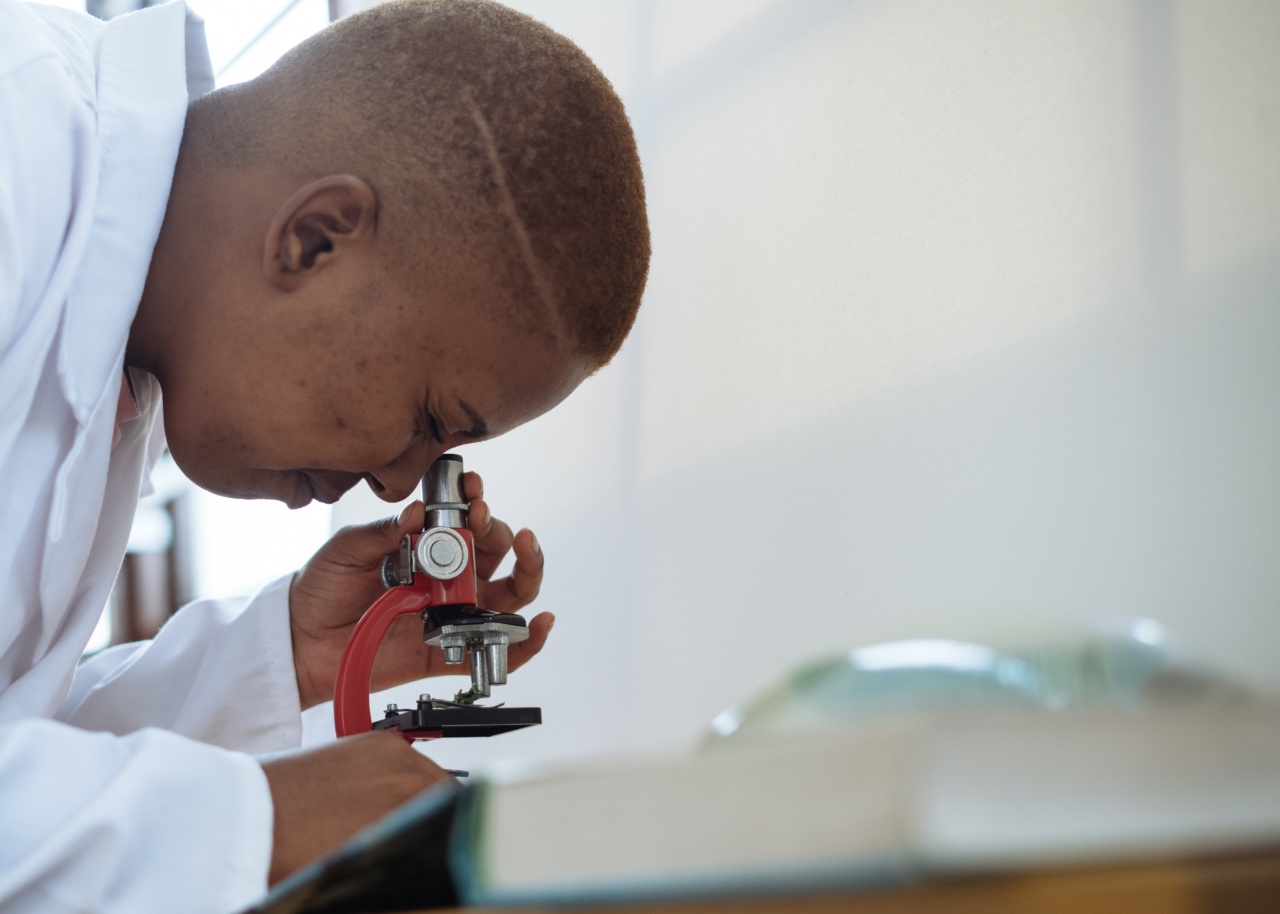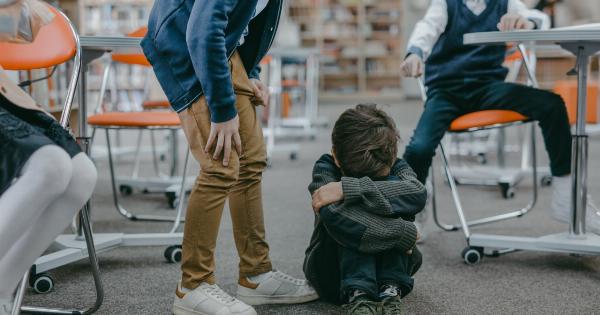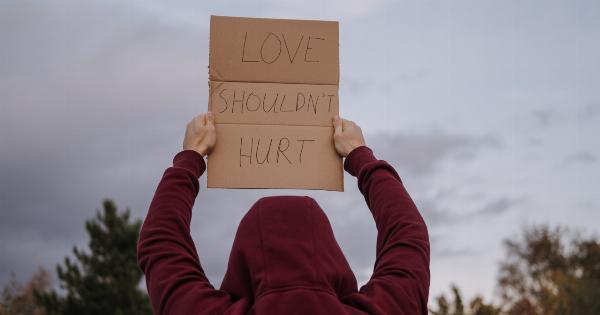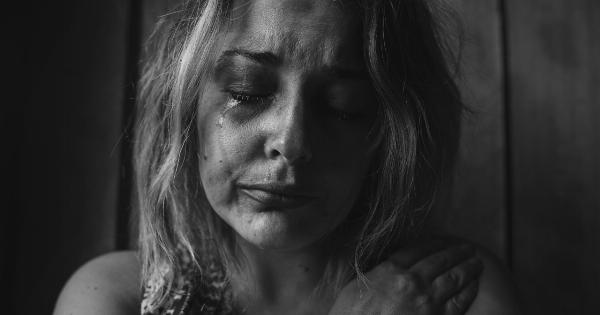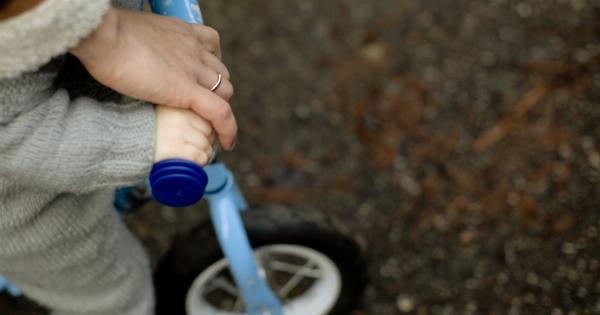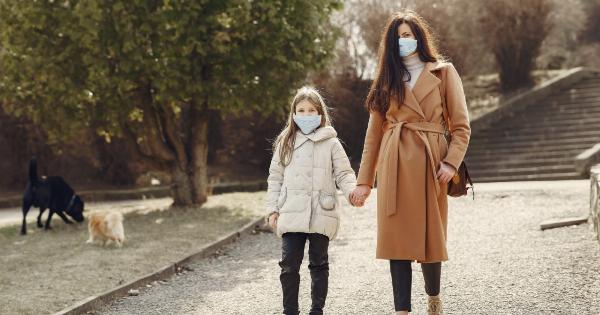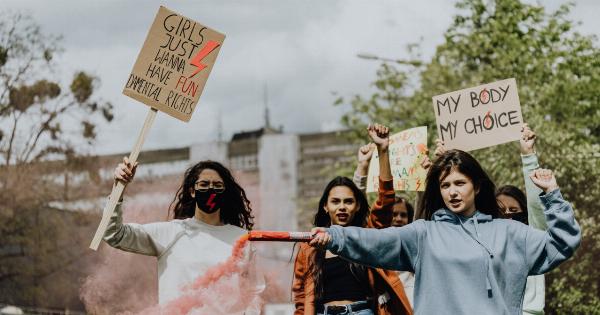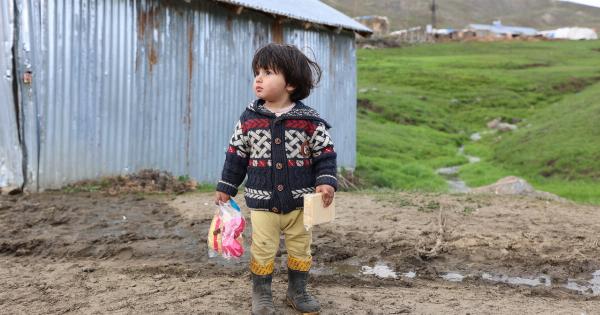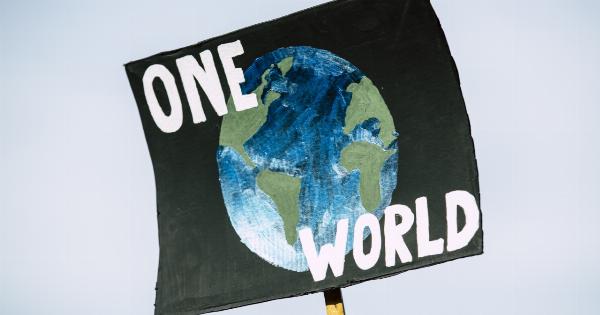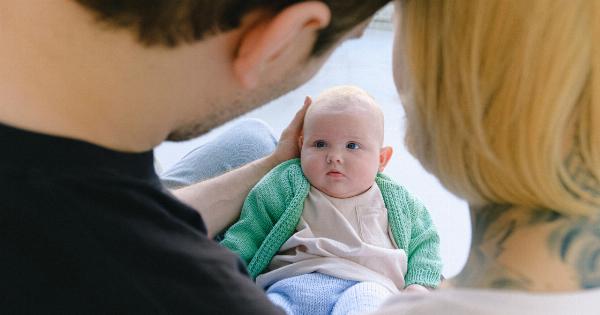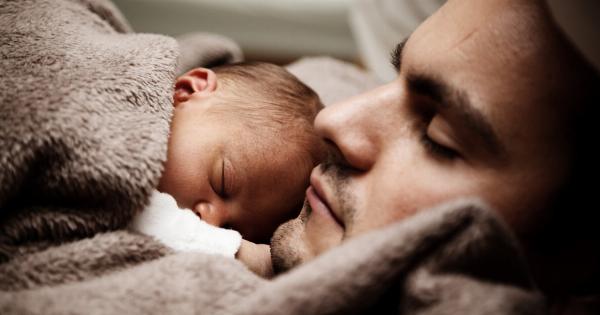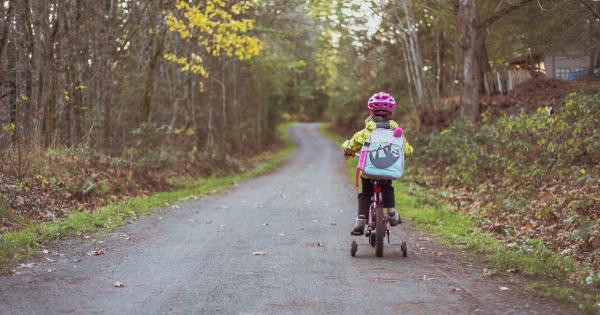Child abuse is a heartbreaking and serious issue that affects countless children worldwide. It is a form of maltreatment that can cause long-lasting physical and emotional harm to the victims.
Investigating child abuse cases is essential to ensuring the safety and well-being of vulnerable children.
Types of Child Abuse
Child abuse can occur in various forms, each with its own devastating consequences:.
1. Physical Abuse: This involves the use of physical force against a child, resulting in injury or impairment. It can include hitting, slapping, kicking, burning, shaking, or any other action that causes harm.
2. Sexual Abuse: Sexual abuse refers to any kind of sexual activity imposed on a child without their understanding or consent. This includes molestation, rape, indecent exposure, or forcing a child to engage in sexual acts.
3. Emotional Abuse: Emotional abuse involves the persistent emotional maltreatment of a child, which can cause severe psychological harm.
This can include constant belittling, humiliation, or rejection, undermining a child’s self-worth, and damaging their emotional well-being.
4. Neglect: Neglect occurs when a caregiver fails to provide the basic needs and adequate care for a child.
This can include inadequate supervision, lack of food, clothing, shelter, or medical care, depriving a child of essential support and putting their health and safety at risk.
Understanding the Signs of Child Abuse
Recognizing the signs of child abuse is crucial to identifying and intervening in abusive situations. Some common indicators of child abuse include:.
1. Unexplained Injuries: Frequent injuries such as bruises, burns, fractures, or cuts that are inconsistent with the given explanation.
2. Emotional or Behavioral Changes: Sudden and dramatic changes in a child’s behavior, including withdrawal, fearfulness, aggression, depression, or anxiety.
3. Sexual Behavior: Engaging in explicit sexual play or behavior that is developmentally inappropriate for their age.
4. Poor Hygiene: Lack of personal cleanliness, consistently dirty or malnourished appearance, or wearing inappropriate clothing for the weather.
5. Fear of a Specific Person: An unexplained fear or avoidance of a particular person, which could indicate a significant level of abuse or threat.
6. Truancy or School Difficulties: Consistent absence from school, poor academic performance, or frequent changes in schools.
7. Dramatic Weight Changes: Significant weight loss or gain that is not attributed to any underlying medical condition.
8. Inadequate Adult Supervision: Young children being left alone or in the care of inappropriate individuals.
9. Overly Passive or Compliant Behavior: Displaying extreme passivity, fearing to displease others, or behaving like a “people pleaser.”.
10. Suicidal Tendencies: Expressing thoughts of self-harm, suicide, or engaging in self-injurious behaviors.
The Role of Individuals in Investigating Child Abuse
Investigating child abuse demands collective effort and vigilance from various individuals, including:.
1. Parents and Guardians: Parents and guardians must maintain open lines of communication with their children, fostering an environment where children feel comfortable discussing any concerns or instances of abuse.
2. Teachers and Educators: Educators play a vital role in identifying signs of abuse through their regular interaction with children. They are obligated to report any suspicions or evidence of child abuse.
3. Healthcare Professionals: Due to their direct contact with children, healthcare professionals are in a prime position to detect signs of abuse and promptly report their concerns.
4. Social Workers: Social workers are often the primary professionals responsible for investigating allegations of child abuse and ensuring the safety and well-being of children.
5. Law Enforcement: Police officers are called upon to conduct investigations when there is credible evidence of child abuse. They work closely with social workers and other professionals to ensure a thorough investigation.
The Process of Investigating Child Abuse
Investigating child abuse involves a careful and systematic approach to ensure the safety and well-being of the child while gathering necessary evidence. The process typically includes the following steps:.
1. Receiving a Report: Reports of suspected child abuse can come from various sources, including individuals, professionals, or mandatory reporters.
2. Evaluation and Initial Assessment: Once a report is made, social workers or law enforcement officers evaluate the information and determine the level of risk to the child.
They conduct interviews with the child, parents, and other relevant individuals.
3. Gathering Evidence: Investigators collect evidence through medical examinations, forensic interviews, and other means to support or refute allegations of abuse.
4. Collaboration with Professionals: Social workers collaborate with healthcare professionals, therapists, teachers, and other relevant individuals to gather additional insights and ensure the child’s well-being.
5. Child Protective Services: If abuse allegations are substantiated, child protective services may be involved to provide immediate protection and support for the child and their family.
6. Legal Intervention: In severe cases of abuse, legal intervention may be required, leading to criminal charges and court proceedings against the alleged perpetrator.
Prevention and Support Services
Preventing child abuse is crucial to safeguarding the well-being of children. It requires a multifaceted approach that includes:.
1. Education and Awareness: Increasing public awareness about the signs of abuse and encouraging reporting is essential in identifying cases and intervening to protect children.
2. Parenting Programs: Providing resources and support for parents to develop positive parenting strategies, stress management techniques, and healthy coping mechanisms.
3. Mental Health Services: Offering accessible mental health services can help parents and children address trauma and psychological health issues adequately.
4. Community Support Networks: Establishing strong support networks and community resources can provide families with assistance during times of stress and crisis.
5. Mandatory Reporting: Implementing and enforcing mandatory reporting laws ensures that professionals who work closely with children are legally obligated to report suspected abuse.
6. Child Advocacy Centers: These centers provide a child-friendly environment for forensic interviews and comprehensive services to children who have experienced abuse.
The Importance of Reporting
Reporting suspected cases of child abuse is paramount in protecting vulnerable children. Every individual has a moral and legal obligation to report any concerns or evidence of abuse.
Reporting can be done anonymously, ensuring the safety and privacy of both the reporter and the child involved.
When reporting, it is important to provide detailed and accurate information, including the child’s name, age, address, and any observable signs or incidents that raise concerns.
Conclusion
Child abuse is a grave violation of a child’s rights and can have lifelong consequences. By understanding the types and signs of child abuse, individuals can play a vital role in investigating and preventing such cases.
Recognizing our responsibility to protect children and reporting any suspicions or evidence of abuse is essential to ensuring their safety and well-being.
